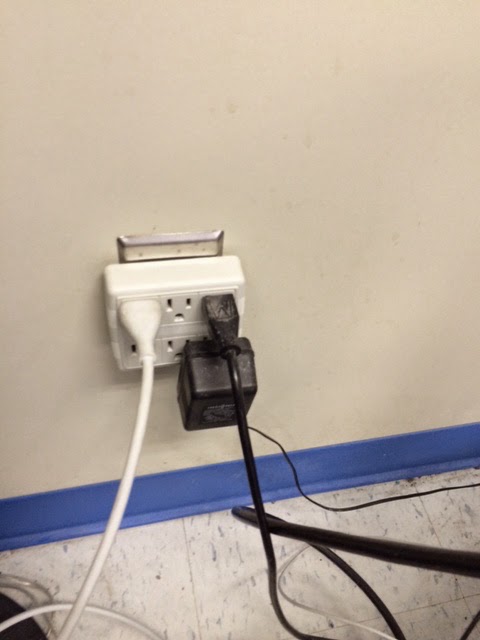This is my favourite part of teaching. Watching the students inquire about something they know very little about. For the teacher, it is my responsibility to guide them in the proper direction as they become immersed in their curiosity.
After having a discussion about what the word
région and physique means, we created a list of the physical aspects of Canada. Then, students used Google Earth on the iPads to explore further about what they could discover across Canada's vast of land. This can take the entire block of time. Students are also compelled to share their discoveries with each other and this helps build upon their previous knowledge.
I did give students reminders/look fors such as focusing on Canada's relief, anything natural (not man-made) and referring back to our original list of physical aspects.
Once students felt that they had enough information, they had to take a snap shot of Canada (from Google Earth) and then upload the photo into Educreations. In Educreations, students had to show how they thought Canada's physical regions were divided. I did tell students that they had to have 5, 6, 7 or 8 regions. This guideline forced some students to come up with more regions if they only came up with 3.
We had our final discussion as a group, dissecting Canada into it's physical regions. Students were surprised to hear how important climate is within a region. Afterwards, students worked on a proper map. We are also working on a co-created success criteria for our map on a shared Google Document (student create first before we will finalize as a class).



















